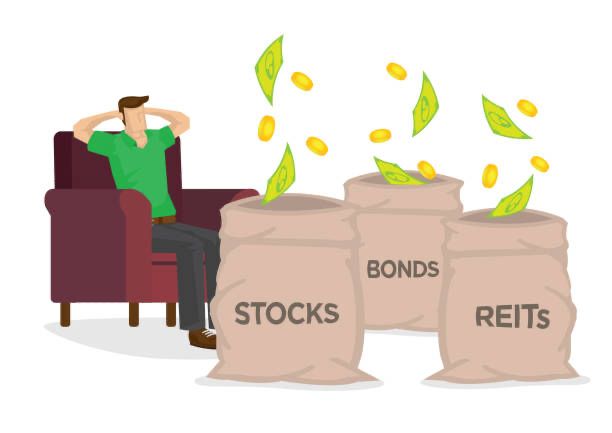In an interview with CNBC in 2016, legendary investor Warren Buffet described active investing as an investment strategy that leads to worse-than-average results. Instead of active investments, the investor who turned an initial investment in a small New England textile company into a multibillion-dollar portfolio, advised investors to buy passive investments that seek to replicate the performance of a market index.
Describing “holding”, the Oracle of Omaha said, “when you hold a mutual fund or exchange-traded fund that tracks the S&P 500; you are likely to come out ahead of your peers over time”. Aside from Warren Buffet’s advice, there are several reasons why you need to invest passively. As an investor, it is always difficult to beat the market, even for professionals. Although you see results of active investments over the short term, it is hard to keep up. In this article, we define the art of passive investing, the benefits of passive investing, and how you can start investing passively.
What is Passive Investing?
Passive investing is an investment strategy often used to maximize returns by minimizing buying and selling. When you invest passively, it simply means you employ the buy-and-hold portfolio strategy for long-term investment horizons; with reduced market trading activities. Unlike active investing which requires a hands-on approach as the portfolio manager or the active participant must always be present, passive investing involves less buying and selling. Historically, passive investments have earned more money than active investments. A popular example of a passive approach is to buy an index fund that works on the indices like the S&P 500, Dow Jones Industrial Average (DJIA), Nigeria Stock Exchange (NSE).

Benefits of Passive Investing
Lower Maintenance:
Passive investment has several benefits, one of which is lower maintenance. Constantly tracking the performance of your investment can be time-consuming. In the case of passive investing, there’s no need to check your portfolio several times a day because it is a long-term investment. This means you don’t have to predict the fluctuating stocks, winners, and losers in the stock market every time. You are simply investing for a long time.
Sensible Investment:
Warren Buffet says index funds are the “most sensible equity investment” for most people. This is because the index undergoes a form of rebalancing every three to six months. Elaborately, Buffer said, “A low-cost index fund is the most sensible equity investment for the great majority of investors”, Buffet told John C. Bogle in his book, “The Little Book of Common-Sense Investing”. “By periodically investing in an index fund, the know-nothing investor can outperform most investment professionals”.

Increased Transparency:
With passive investing, what you see is what you get. In most cases, the index tracked by your fund is part of its name and it will not hold investments outside its namesake index. On the other hand, active funds don’t always have this kind of transparency as the whole process is left to the manager’s discretion.
Disadvantages of Passive Investing
It is not flashy: Passive investments don’t offer short term gains like an active investment. The active investment provides quick skyrocketing returns while passive investing pales in comparison.
No exit strategy in severe bear markets. In the active investing space, once you notice a downward trend is about to happen, you can easily take out your funds. However, for passive investing, there is no off-ramp during severe market downturns; although in most cases, the market will always recover.
Ways to Invest Passively
- Dividend stocks or funds
- Rental real estate
- Peer-to-Peer Lending
- Index funds

Passive investments are one of the best methods of creating and managing wealth. However, these investment options represent different levels of diversification as they all have varying risk factors. Before investing in passive investment, it is advisable to check in with an investment advisor and study the market trends.
